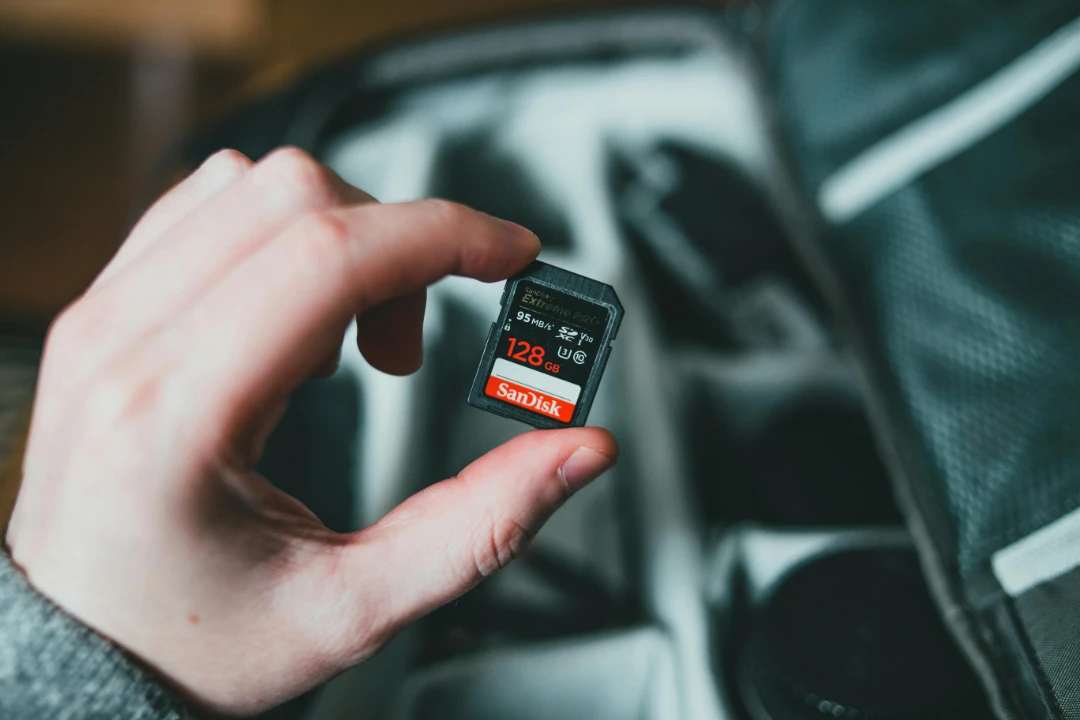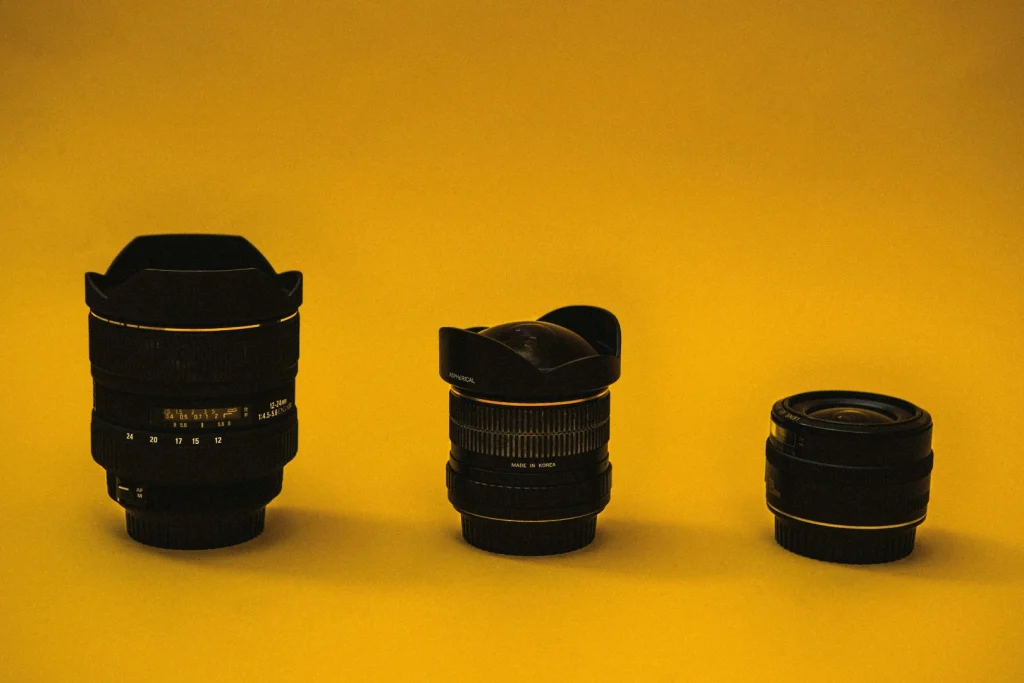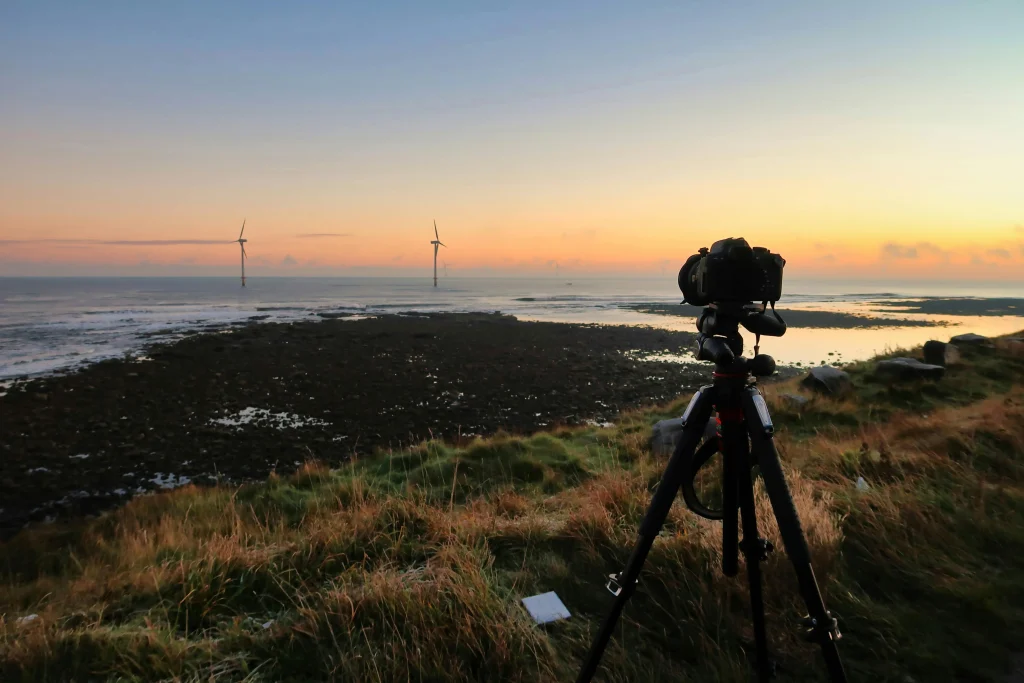Choosing the right memory card for your camera is critical for ensuring smooth shooting and reliable storage. Whether you’re capturing high-resolution photos, shooting in burst mode, or recording 4K video, the memory card you use can significantly impact your camera’s performance. In this guide, we’ll walk you through the essential factors to consider when choosing a memory card, including speed, capacity, and reliability.

1. Speed Class and UHS Rating – Understanding Speed for Photography and Videography
When choosing a memory card, the speed class and UHS (Ultra High Speed) rating are among the most important factors to consider, especially if you’re shooting in high resolution or capturing fast-moving subjects.
- Speed Class: This indicates the minimum write speed of the card. For photography, Class 10 is the standard, offering a minimum write speed of 10MB/s. For videography, especially in 4K, you’ll want a card with a higher speed class, such as U3, which guarantees a minimum write speed of 30MB/s.
- UHS Rating: UHS-I cards are sufficient for most photography needs, while UHS-II cards are much faster and better suited for high-end cameras shooting in burst mode or recording 4K video. UHS-II cards can reach speeds up to 312MB/s, offering a significant performance boost.
Recommendation: If you shoot high-bitrate 4K video or burst photography, opt for a UHS-II, U3 rated card like the SanDisk Extreme Pro UHS-II SDXC. For general photography, a UHS-I, Class 10 card like the Lexar Professional 633x will work well.
2. Capacity – How Much Storage Do You Need?
The capacity of your memory card will depend on how much data you expect to store. If you regularly shoot in RAW format or record 4K video, you’ll need a card with higher capacity to avoid running out of space mid-shoot.
- 32GB or 64GB: Sufficient for everyday photography, including JPEGs or 1080p video. A good choice for hobbyists or casual shooters.
- 128GB or 256GB: Ideal for professional photographers or videographers shooting RAW photos or 4K video, as these formats require significantly more space.
- 512GB or higher: For extended shoots, events, or projects where you don’t have time to switch cards, ultra-high-capacity cards are recommended.
Recommendation: For most photographers, a 128GB or 256GB card strikes a good balance between capacity and price. For those shooting 4K video or RAW files, consider opting for 512GB or larger.
3. Durability – Protecting Your Data in Harsh Environments
Durability is an often-overlooked feature of memory cards, but if you’re a travel, adventure, or wildlife photographer, it’s crucial to choose a card that can withstand the elements.
- Waterproof: Protects your data from moisture and accidental splashes.
- Shockproof: Protects your card from physical impacts, such as drops.
- X-ray Proof: Ensures your data is safe when passing through airport X-ray machines.
- Temperature Resistant: Allows the card to function in extreme temperatures, ideal for outdoor or nature photographers.
Recommendation: The Samsung PRO Endurance and SanDisk Extreme Pro cards are highly recommended for photographers working in harsh or unpredictable conditions, thanks to their durability features.
4. Reliability – Avoiding Corruption and Data Loss
Reliability is key when choosing a memory card, as corrupt files or card failures can result in the loss of important data. To minimize the risk of data loss, choose a memory card from a trusted brand known for its reliability and consider cards that include additional security features.
- Trusted Brands: Stick to well-known brands like SanDisk, Lexar, and Samsung, as they have a proven track record for creating reliable memory cards.
- Error Correction: Some cards feature built-in error correction to prevent data corruption, ensuring your files are safe.
- Backup: For professional shoots, it’s always a good idea to use a camera with dual card slots so you can write to two cards simultaneously, reducing the risk of data loss.
Recommendation: The Lexar Professional 2000x is a great option for professional photographers seeking fast, reliable storage with built-in error correction and high durability. For 4K video or intensive photography sessions, the SanDisk Extreme Pro is a trusted choice.
5. Best Memory Cards for Photography and Videography
Here are some of the top-rated memory cards for photographers and videographers in 2024:
- SanDisk Extreme Pro SDXC UHS-II: Offers high-speed performance with up to 300MB/s read and 260MB/s write speeds, perfect for 4K video and burst shooting.
- Lexar Professional 2000x UHS-II: Known for its reliability and speed, this card is ideal for professionals using high-resolution cameras that require fast data transfer.
- Samsung PRO Endurance: Designed for continuous video recording, this card is perfect for drones, action cameras, and wildlife photography, thanks to its extended durability.
- Sony Tough G Series UHS-II: Built for extreme durability and fast performance, this card is perfect for professionals working in rugged environments.
How to Choose the Right Memory Card
When selecting a memory card, consider the following factors:
- Speed: If you shoot 4K video or burst photos, choose a card with a high-speed class, such as UHS-II, U3, or V90.
- Capacity: For casual photographers, 64GB or 128GB cards are sufficient. For professionals, 256GB or larger cards are ideal for handling high-resolution images and videos.
- Durability: Choose a card that offers waterproof, shockproof, and temperature-resistant features if you often shoot in extreme conditions.
- Reliability: Stick with trusted brands like SanDisk, Lexar, or Samsung to ensure your data is protected.
Conclusion
Choosing the right memory card is essential for ensuring smooth performance and secure data storage during your shoots. Whether you’re a casual photographer, a professional shooting in RAW, or a videographer capturing 4K video, having the right balance of speed, capacity, and durability is key. The cards mentioned in this guide are some of the best in 2024, offering options for every type of photographer or videographer.


